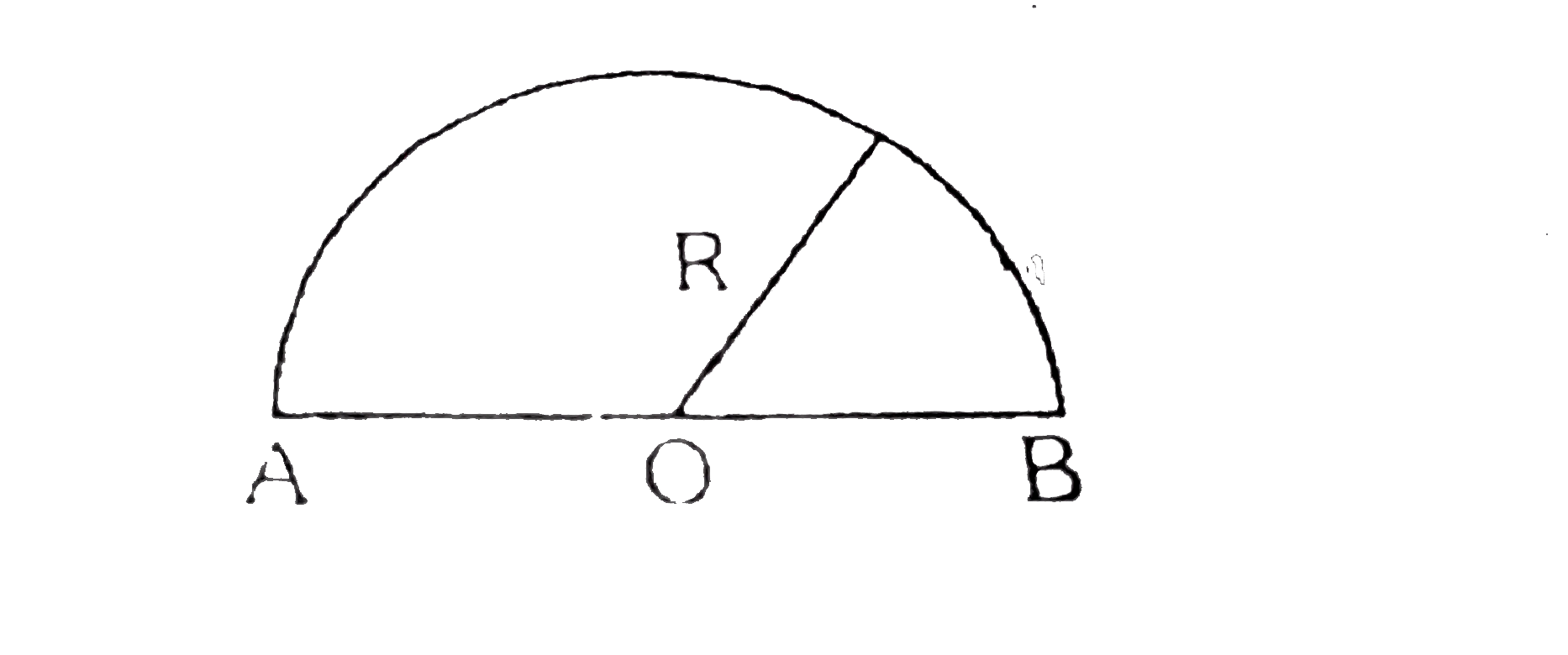Motion Under the Gravity
Video Solution
|
Answer
Step by step video & image solution for Motion Under the Gravity by Physics experts to help you in doubts & scoring excellent marks in Class 11 exams.
Updated on:21/07/2023Similar Questions
Knowledge Check
Distance is a scalar quantity. Displacement is a vector quqntity. The magnitude of displacement is always less than or equal to distance. For a moving body displacement can be zero but distance cannot be zero. Same concept is applicable regarding velocity and speed. Acceleration is the rate of change of velocity. If acceleration is constant, then equations of kinematics are applicable for one dimensional motion under the gravity in which air resistance is considered, then the value of acceleration depends on the density of medium. Each motion is measured with respect of frame of reference. Relative velocity may be greater/ smaller to the individual velocities.
A person is going 40 m north, 30m east and then 30√2m southwest. The net displacement will beA10 m towards eastB10 m towards westC10 m towards southD10 m towards northDistance is a scalar quantity. Displacement is a vector quqntity. The magnitude of displacement is always less than or equal to distance. For a moving body displacement can be zero but distance cannot be zero. Same concept is applicable regarding velocity and speed. Acceleration is the rate of change of velocity. If acceleration is constant, then equations of kinematics are applicable for one dimensional motion under the gravity in which air resistance is considered, then the value of acceleration depends on the density of medium. Each motion is measured with respect of frame of reference. Relative velocity may be greater/ smaller to the individual velocities.
A particle moves from A to B. Then the ratio of distance to displacement is :-
 Aπ2B2πCπ4D1:1
Aπ2B2πCπ4D1:1Distance is a scalar quantity. Displacement is a vector quqntity. The magnitude of displacement is always less than or equal to distance. For a moving body displacement can be zero but distance cannot be zero. Same concept is applicable regarding velocity and speed. Acceleration is the rate of change of velocity. If acceleration is constant, then equations of kinematics are applicable for one dimensional motion under the gravity in which air resistance is considered, then the value of acceleration depends on the density of medium. Each motion is measured with respect of frame of reference. Relative velocity may be greater/ smaller to the individual velocities.
A particle is moving along the path y=4x2. The distance and displacement from x=1 to x=2 is (nearly) :-A√150,12B√160,20C√200,30D√150,20
Questions|Motion Under Gravity|Types Of Motion Of An Object Under Gravity|Important Points|Questions|OMR
View SolutionEquation On Motion Under Gravity|Questions|OMR
View SolutionProblems On Motion Under Gravity |Relative Motion |Objects Moving In Opposite Direction
View SolutionProblems On Motion Under Gravity |Relative Motion |Objects Moving In Opposite Direction
View SolutionRelative Motion-1D||Constant Velocity||Motion Under Gravity
View Solution
